Parameter Analysis and Optimization of Class-E Power Amplifier Used in Wireless Power Transfer System
Abstract
1. Introduction
2. Application of Steady-State Matrix Analysis Method
3. Analysis of the Characteristic of Class-E Power Amplifier
3.1. Influence of RFC Output Characteristics
3.2. Influence of PCL Characteristics
3.3. Optimization Strategy of Two Kinds of Class-E Power Amplifier
4. Experimental Results and Analysis
4.1. Experiments of RFC Type under Non-Ideal Condition
4.2. Experiments of PCL Type under Non-Ideal Condition
5. Simulation Result of B-Field Strength
6. Conclusions
Author Contributions
Funding
Conflicts of Interest
References
- Kkelis, G.; Yates, D.C.; Mitcheson, P.D. Class-E Half-Wave Zero dv/dt Rectifiers for Inductive Power Transfer. IEEE Trans. Power Electron. 2017, 32, 8322–8337. [Google Scholar] [CrossRef]
- Chokkalingam, B.; Padmanaban, S.; Leonowicz, Z. Class E Power Amplifier Design and Optimization for the Capacitive Coupled Wireless Power Transfer System in Biomedical Implants. Energies 2017, 10, 1409. [Google Scholar]
- Kwan, C.H.; Kkelis, G.; Aldhaher, S.; Lawson, J.; Yates, D.C.; Luk, P.C.K.; Mitcheson, P.D. Link efficiency-led design of mid-range inductive power transfer systems. In Proceedings of the 2015 IEEE PELS Workshop on Emerging Technologies: Wireless Power (2015 WoW), Daejeon Gwangyeoksi, Korea, 5–6 June 2015; pp. 1–7. [Google Scholar]
- Cai, W.; Zhang, Z.; Ren, X.; Liu, Y.-F. A 30-MHz isolated push-pull VHFresonantconverter. In Proceedings of the 2014 IEEE Applied Power Electronics Conference and Exposition-APEC, Fort Worth, TX, USA, 16–20 March 2014; pp. 1456–1460. [Google Scholar]
- Suetsugu, T.; Kazimierczuk, M. Analysis of transient behavior of class E amplifier due to load variations. In Proceedings of the 2011 IEEE Ninth International Conference on Power Electronics and Drive Systems, Singapore, 5–8 December 2011; pp. 600–603. [Google Scholar]
- Jaimes, A.F.; de Sousa, F.R. Simple expression for estimating the switch peak voltage on the class-E amplifier with finite DC-feed inductance. In Proceedings of the 2016 IEEE 7th Latin American Symposium on Circuits & Systems (LASCAS), Florianopolis, Brazil, 28 February–2 March 2016; pp. 183–186. [Google Scholar]
- Aldhaher, S.; Mitcheson, P.D.; Yates, D.C. Load-independent Class EF inverters for inductive wireless power transfer. In Proceedings of the 2016 IEEE Wireless Power Transfer Conference (WPTC), Aveiro, Portugal, 5–6 May 2016; pp. 1–4. [Google Scholar]
- Mury, T.; Fusco, V. Exploring figures of merit associated with the suboptimum operation of class-E power amplifiers. IET Circuits Devices Syst. 2007, 1, 401–407. [Google Scholar] [CrossRef]
- Raab, F. Idealized operation of the Class E tuned power amplifier. IEEE Trans. Circuits Syst. 1977, 24, 725–735. [Google Scholar] [CrossRef]
- Aldhaher, S.; Kkelis, G.; Yates, D.C.; Mitcheson, P.D. Class EF2 inverters for wireless power transfer applications. In Proceedings of the 2015 IEEE Wireless Power Transfer Conference (WPTC), Boulder, CO, USA, 13–15 May 2015; pp. 1–4. [Google Scholar]
- Choi, J.; Tsukiyama, D.; Tsuruda, Y.; Rivas, J. 13.56 MHz 1.3 kW resonant converter with GaN FET for wireless power transfer. In Proceedings of the 2015 IEEE Wireless Power Transfer Conference (WPTC), Boulder, CO, USA, 13–15 May 2015; pp. 1–4. [Google Scholar]
- Aldhaher, S.; Yates, D.C.; Mitcheson, P.D. Modelling and analysis of Class EF and Class E/F inverters with series-tuned resonant networks. IEEE Trans. Power Electron. 2016, 31, 3415–3430. [Google Scholar] [CrossRef]
- Mugisho, M.S.; Thian, M.; Grebennikov, A. Analysis and Design of a High-Efficiency Class-EM Power Amplifier. In Proceedings of the 2019 IEEE Radio and Wireless Symposium (RWS), Orlando, FL, USA, 20–23 January 2019; pp. 1–4. [Google Scholar]
- Beltran, R.A.; Raab, F.H. Simplified analysis and design of outphasing transmitters using class-E power amplifiers. In Proceedings of the 2015 IEEE Topical Conference on Power Amplifiers for Wireless and Radio Applications (PAWR), San Diego, CA, USA, 25–28 January 2015; pp. 1–3. [Google Scholar]
- Chadha, A.; Ayachit, A.; Saini, D.K.; Kazimierczuk, M.K. Steady-state analysis of PWM tapped-inductor buck DC-DC converter in CCM. In Proceedings of the 2018 IEEE Texas Power and Energy Conference (TPEC), College Station, TX, USA, 8–9 February 2018; pp. 1–6. [Google Scholar]
- Suetsugu, T.; Kazimierczuk, M. Comparison of class-e amplifier with nonlinear and linear shunt capacitance. IEEE Trans. Circuits Syst. I Fundam. Theory Appl. 2003, 50, 1089–1097. [Google Scholar] [CrossRef]
- Zhang, Z.; Lin, J.; Zhou, Y.; Ren, X. Analysis and Decoupling Design of a 30 MHz Resonant SEPIC Converter. IEEE Trans. Power Electron. 2016, 31, 4536–4548. [Google Scholar] [CrossRef]
- Guan, J.; Negra, R. Steady-state analysis and fast optimisation of Class-E power amplifiers with lossy switch for RF choke and finite DC-feed inductance. In Proceedings of the 2013 IEEE 56th International Midwest Symposium on Circuits and Systems (MWSCAS), Columbus, OH, USA, 4–7 August 2013; pp. 380–383. [Google Scholar]
- Reynaert, P.; Mertens, K.; Steyaert, M. A state-space behavioral model for CMOS class E power amplifiers. IEEE Trans. Comput. Aided Des. Integr. Circuits Syst. 2003, 22, 132–138. [Google Scholar] [CrossRef]
- Liang, J.; Liao, W. Steady-State Simulation and Optimization of Class-E Power Amplifiers With Extended Impedance Method. IEEE Trans. Circuits Syst. I Regul. Pap. 2011, 58, 1433–1445. [Google Scholar] [CrossRef]
- Zhou, J.; Morris, K.A.; Watkins, G.T.; Yamaguchi, K. Improved Reactance-Compensation Technique for the Design of Wideband Suboptimum Class-E Power Amplifiers. IEEE Trans. Microw. Theory Tech. 2015, 63, 2793–2801. [Google Scholar] [CrossRef]
- Khansalee, E.; Nuanyai, K.; Zhao, Y. Design and implementation of class E power amplifier with parallel circuit for wireless power transfer systems. In Proceedings of the 2017 International Electrical Engineering Congress (iEECON), Pattaya, Thailand, 8–10 March 2017; pp. 1–4. [Google Scholar]
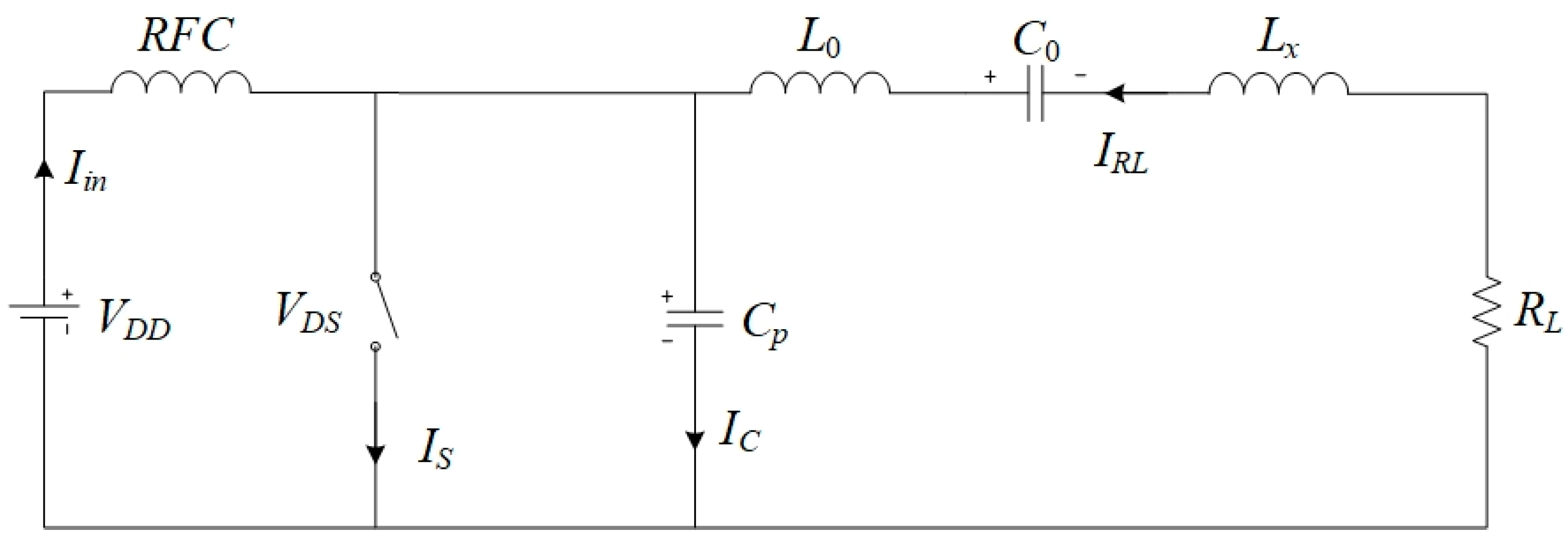

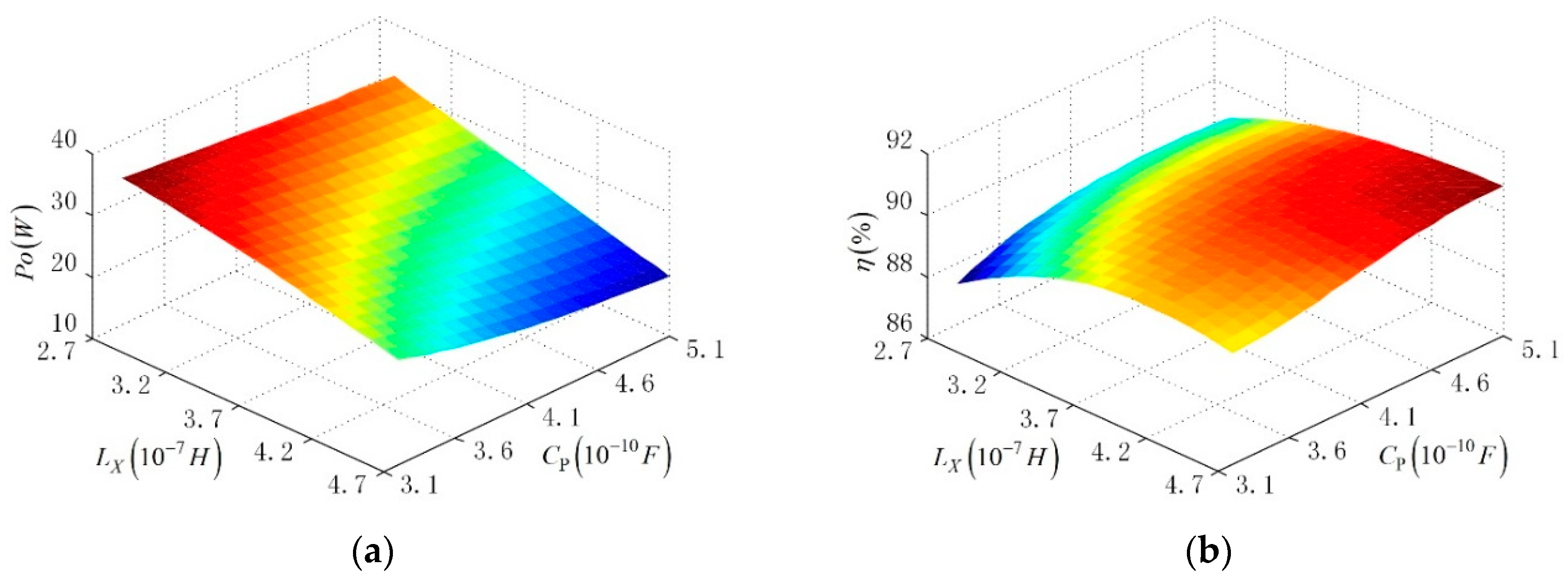
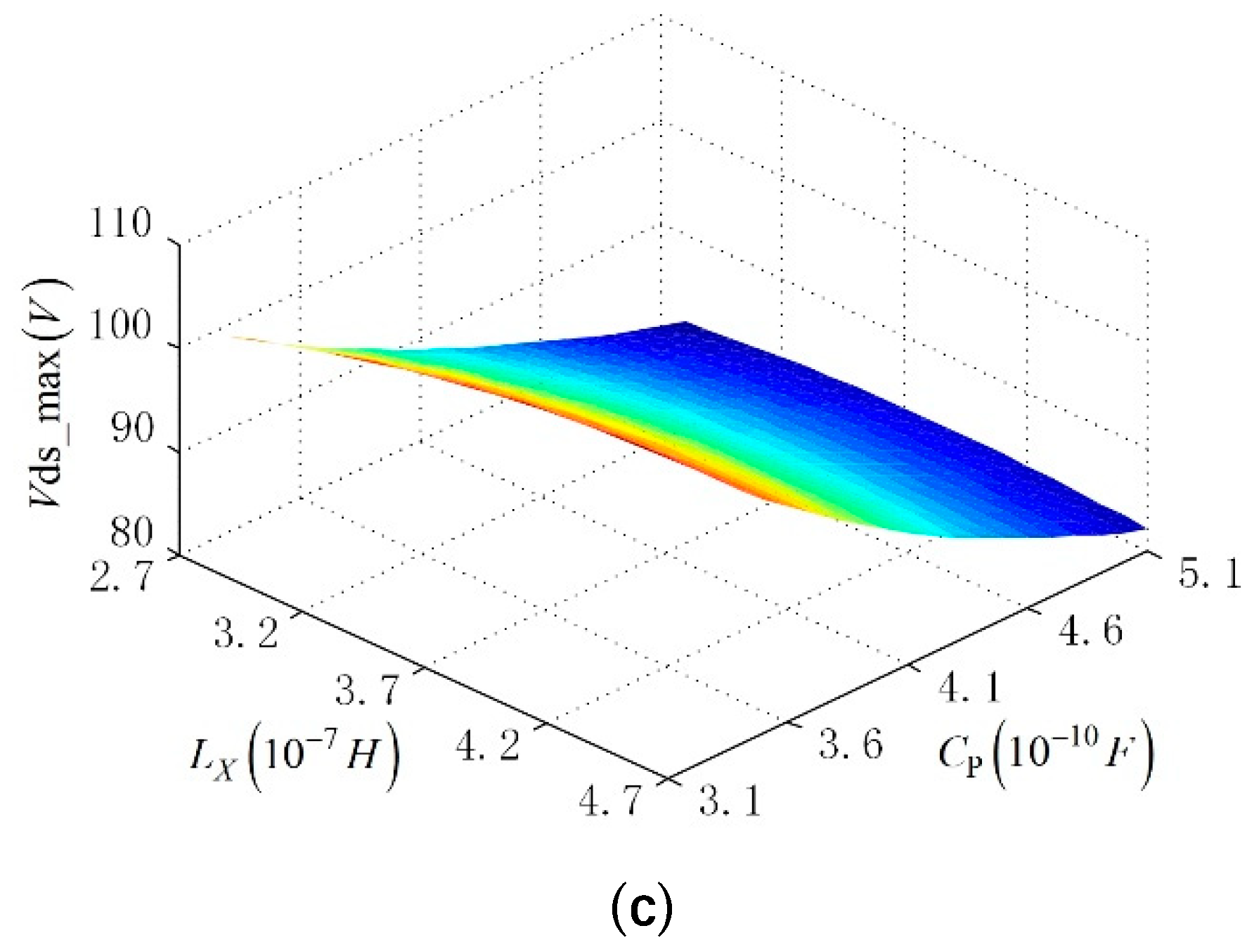
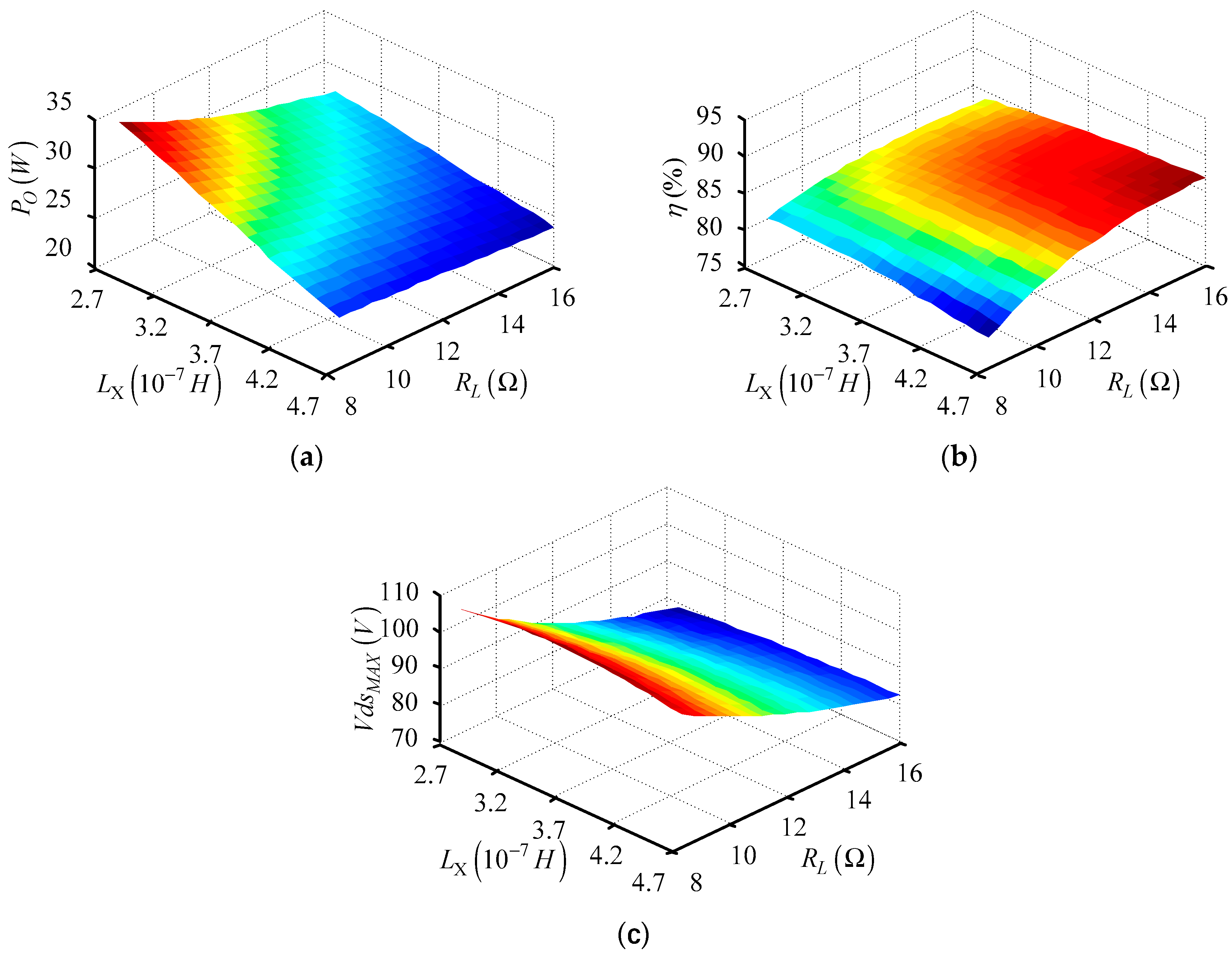


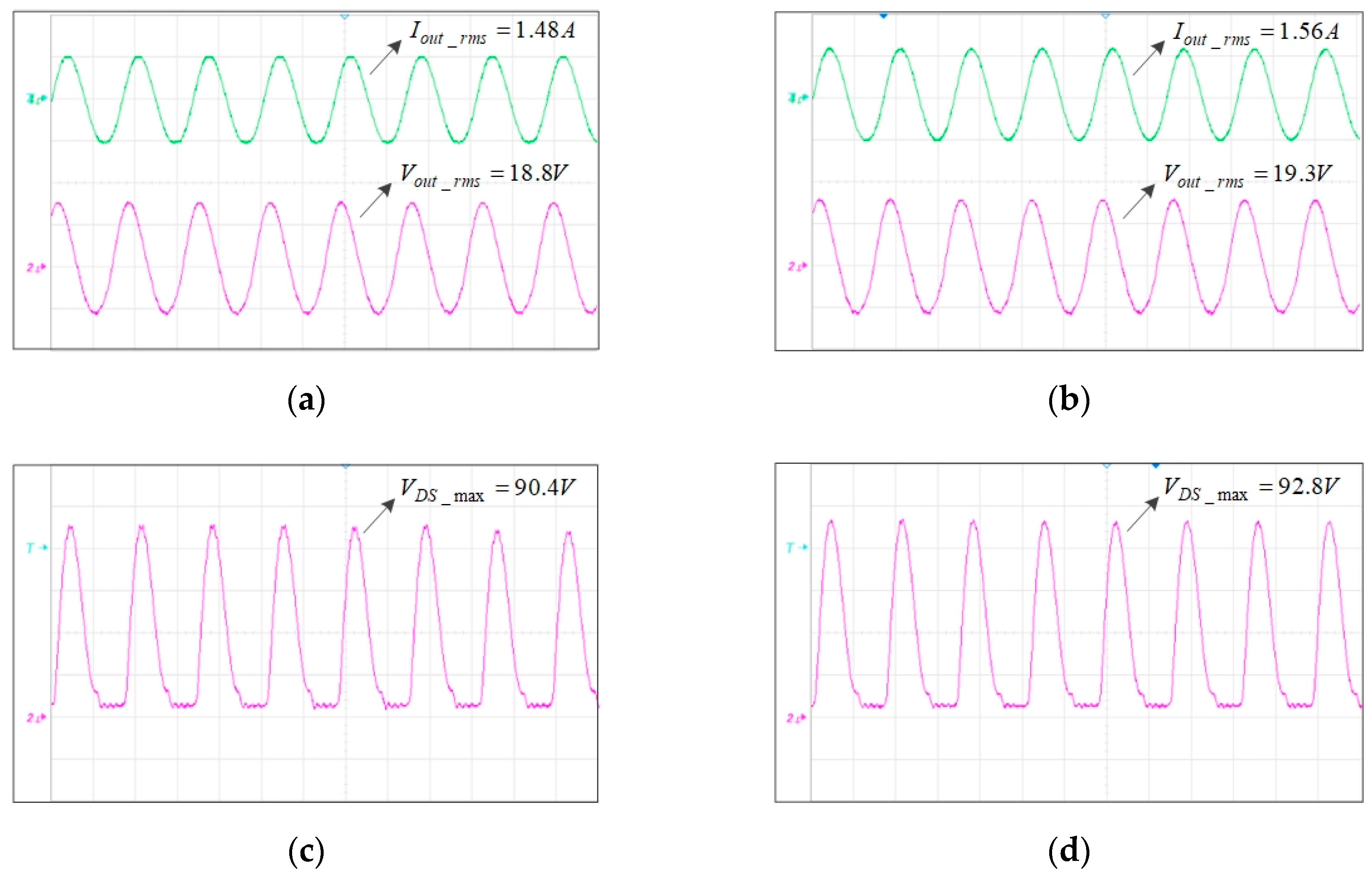

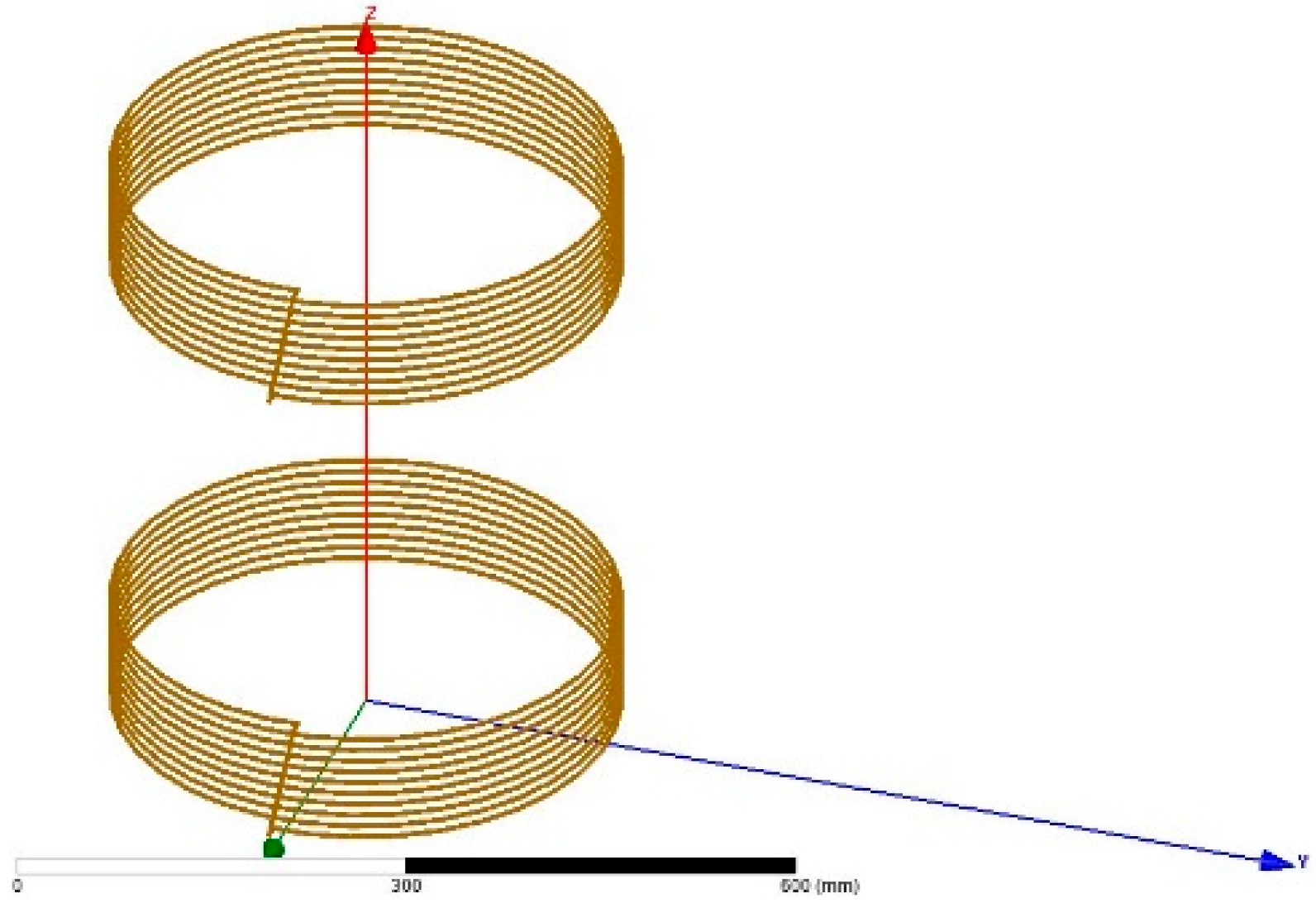
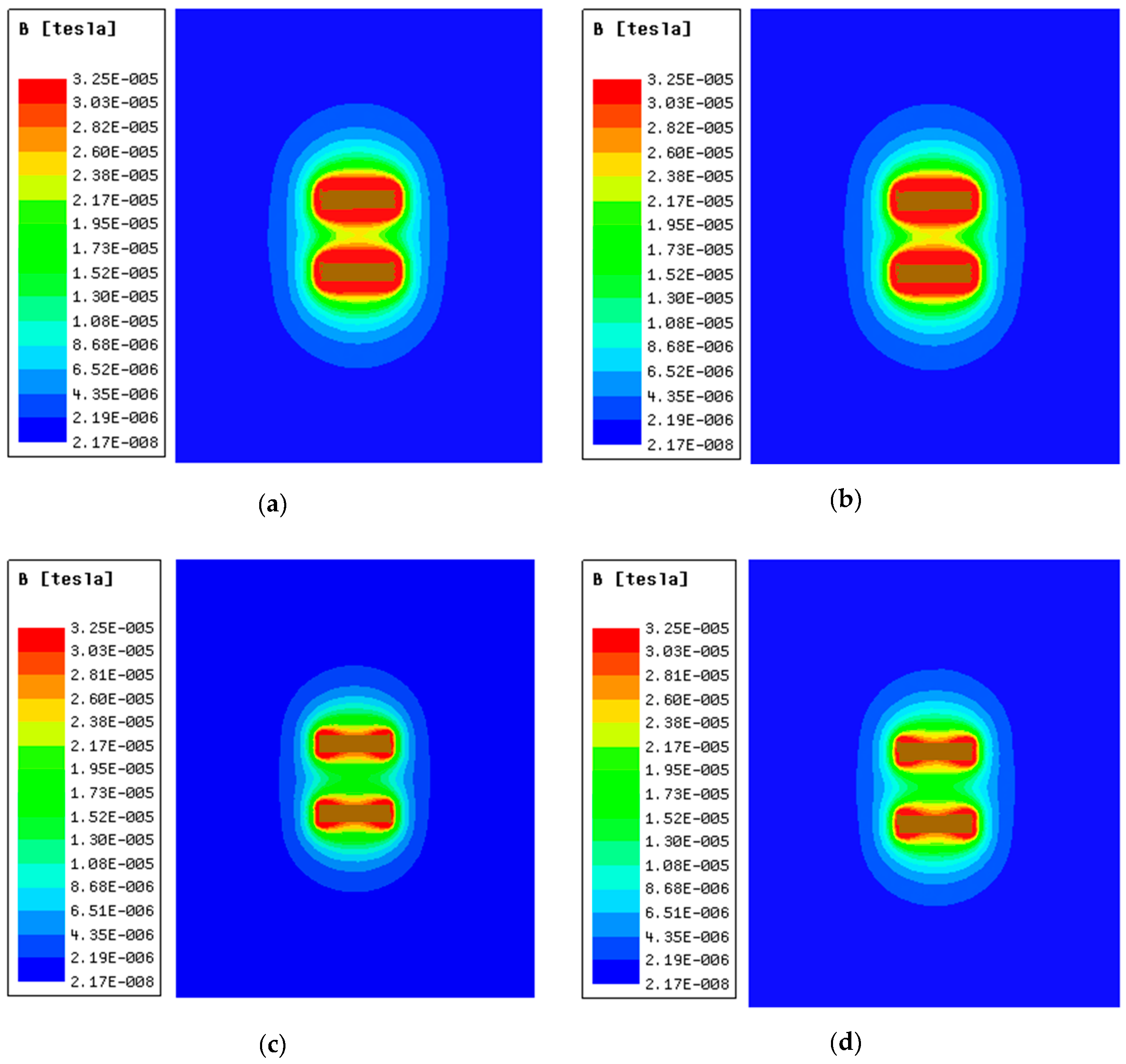
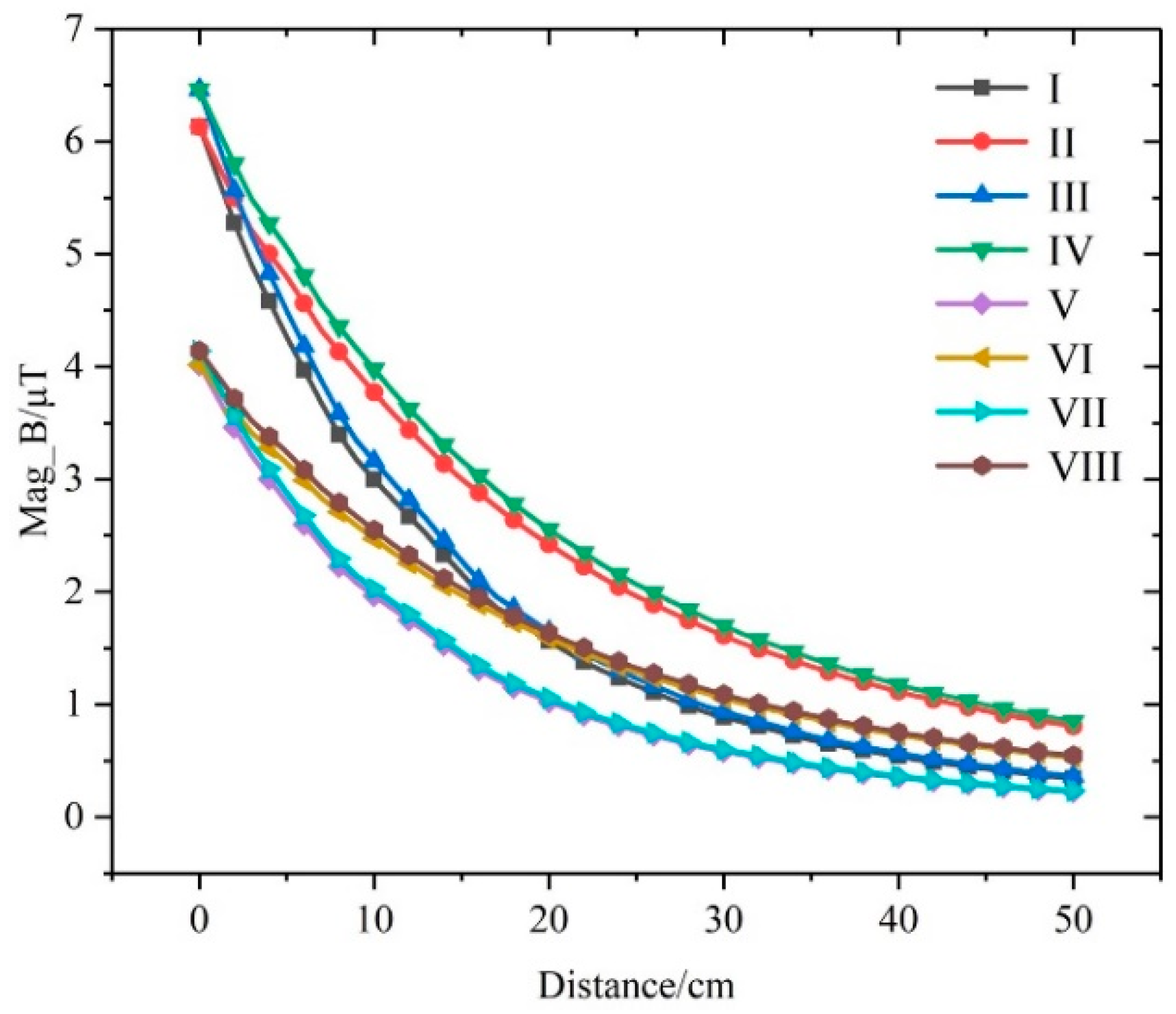
| Parameter | RFC Type | PCL Type |
|---|---|---|
| RL_og(Ω) | 12 | 28.4 |
| 0.367 | 0 | |
| 0.19 | 0 | |
| 0.405 | 0.639 | |
| 15 | 0.552 | |
| 0.27 | 0.31 | |
| 0.368 | 0.155 | |
| 1.91 | 4.53 | |
| 0.45 | 0.87 |
| Parameter | Ideal Value | Optimized Value |
|---|---|---|
| 0.367 | 0.34 | |
| 0.405 | 0.38 | |
| RL(Ω) | 12 | 9.12 |
| 28.11 | 30.71 | |
| 90.32 | 90.03 | |
| 92.41 | 95.01 |
| Parameter | Ideal Value | Optimized Value |
|---|---|---|
| 0.552 | 0.54 | |
| 0.639 | 0.6 | |
| 26.55 | 28.57 | |
| 90.33 | 89.94 | |
| 90.35 | 96.90 |
© 2019 by the authors. Licensee MDPI, Basel, Switzerland. This article is an open access article distributed under the terms and conditions of the Creative Commons Attribution (CC BY) license (http://creativecommons.org/licenses/by/4.0/).
Share and Cite
Wen, F.; Li, R. Parameter Analysis and Optimization of Class-E Power Amplifier Used in Wireless Power Transfer System. Energies 2019, 12, 3240. https://doi.org/10.3390/en12173240
Wen F, Li R. Parameter Analysis and Optimization of Class-E Power Amplifier Used in Wireless Power Transfer System. Energies. 2019; 12(17):3240. https://doi.org/10.3390/en12173240
Chicago/Turabian StyleWen, Feng, and Rui Li. 2019. "Parameter Analysis and Optimization of Class-E Power Amplifier Used in Wireless Power Transfer System" Energies 12, no. 17: 3240. https://doi.org/10.3390/en12173240
APA StyleWen, F., & Li, R. (2019). Parameter Analysis and Optimization of Class-E Power Amplifier Used in Wireless Power Transfer System. Energies, 12(17), 3240. https://doi.org/10.3390/en12173240




